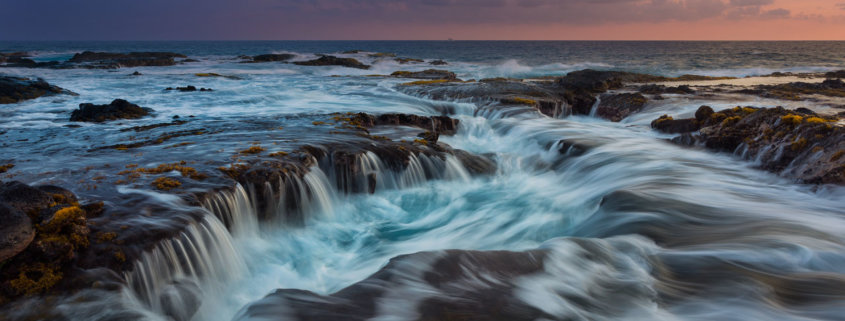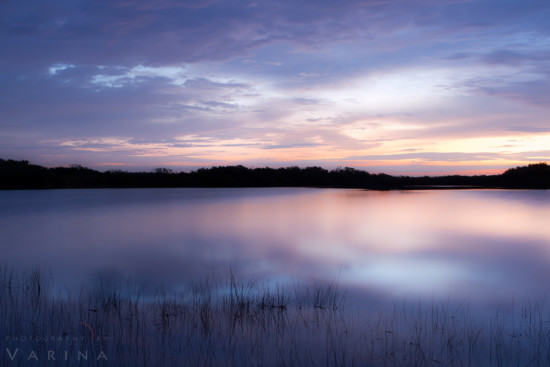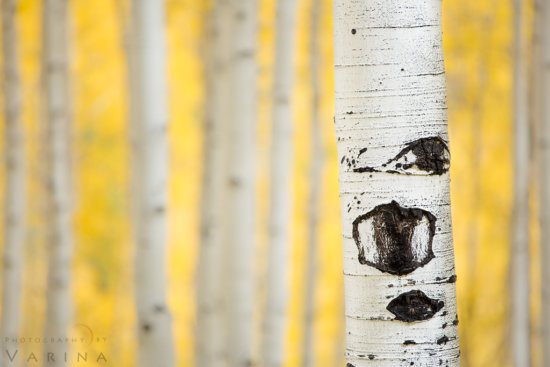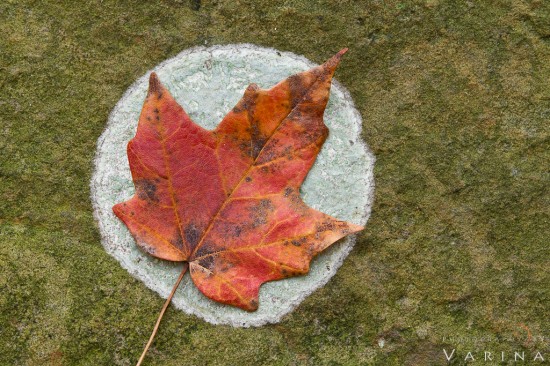Is Post Processing good or bad for Landscape Photography?
It seems that from time to time, we landscape photographers asked the question “Is manipulation in Photoshop ruining landscape photography?” Several years ago, when RAW format was just becoming popular, our students came to me with a question. “Isn’t post processing landscape photo tantamount to removing the integrity of a photograph?” he asked. I recently saw a similar heated discussion on social media about the Photoshop newest tool about sky replacement for landscape photography. While some landscape photographers are dead set against using the sky replacement tool, others wholeheartedly embraced its potential to take your landscape photo to the next level.
Before we can start to answer the question whether Photoshop is good or bad for landscape photography, let’s consider this: does it make a difference if the manipulation happens in-camera or in Photoshop? Yes, you heard it correctly. So, let’s take a close look at how the pros use camera settings and photography composition to manipulate the scene.
Using Camera Settings to Manipulate a Landscape Photo
Neutral Density Filter
I took this landscape photo during one of our workshop at Nine Mile Pond. My goal was to capture the beautiful light in the sky, and its reflection in the water. I wanted to simplify the image as much as possible, but ripples on the pond made the surface choppy and made the scene seem too busy. The solution? I used a long exposure with the help of a neutral density filter. I placed this filter on my lens to reduce the amount of light reaching the sensor and set my aperture to f/8. A shutter speed of 30 seconds removed any trace of the ripples on the water – leaving the surface smooth and soft.
All right – so, what does photo manipulation have to do with this photograph? Well, the fact is… I manipulated this scene. But not in Photoshop. I manipulated it in the field using filters and camera settings. The scene didn’t look like this in reality. The colors in this landscape photo are true to my recollection – but the surface of the water was certainly not smooth. I used a neutral density filter and a long shutter speed to completely alter the reality of the scene. So, is this any different than manipulating landscape photography in the dark room or in Photoshop? Is the photograph a lie? Or is it simply art? No more and no less.
Shutter Speed
Perhaps one can argue that using an ND filter amounts to manipulation of the scene. Fair enough. Let’s take a look at this landscape photo from Hawaii. It’s not contrived using a ND filters. Everything in the image was there in reality. Jay stood in the water, released the shutter, and this is the result. And yet – that’s not what the scene really looked like, right? Anyone who has stood on a beach knows that the water doesn’t look like white silk. It flows and eddies in rippling and bubbling cascades. I carefully chose the shutter speed to achieve the smoothness of the water in the foreground.
Landscape photographs in conditions like this are problematic. Shooting water on a bright sunny day lets you capture the scene with a very fast shutter speed, thereby offering a crisp view of every bubble. But it also gives your shot a nasty case of blown highlights and dead shadows. Instead, photographers generally prefer to capture a scene like this on an overcast day or golden hours – which means we need a longer shutter speed (or a wider aperture which limits depth of field or a higher ISO which adds noise). This longer shutter speed means you get this silky effect in the water. So, you choose between creating an unnatural but beautiful effect or trying to capture the reality of the situation… which might not look too great in the end. But the end result is that this photo does not match the reality even through it was captured without any filters.
Circular Polarizer Filter
Long exposure is not the only way to manipulate a landscape photo. Circular polarizer filters help us capture stunning landscape photos making the colors and contrast more vibrant then what we see with our eyes. This is exactly what Jay did when he captured this landscape photo from Haleakala in Maui, Hawaii.
Shallow Depth of Field
Another way we landscape photographers alter the reality with our camera settings is by using shallow depth of field. In the image above from Colorado, I combined a shallow depth of field and a telephoto lens to create a blurred background for my landscape photo.
So, the fact of the matter is that even in camera a landscape photographer is able to capture a scene that does not represent reality long before digital post processing became a reality.
Using Photography Composition
Let’s now take a look at how landscape photography composition can be used to manipulate or stage a scene.
The image below stirred up a miniature controversy over at FredMiranda.com some time ago. I’m curious to know what other nature photographers (and non-photographers) think about images like this one. Of course, the scene is staged. I saw this nice, round spot of lichen on a rock, spent some time searching for a tiny leaf, and placed it (neatly centered) on the lichen. The shot – titled In the Spotlight – is obviously contrived. At least I think it’s obvious. While the scene could appear like this naturally, it’s relatively unlikely. And of course, I wouldn’t pretend that it was natural if it wasn’t.
Here is another fall photo from Marble, Colorado where I used a macro photography lens to capture the water droplets on this leaf resting on a piece of white marble. When I shared this image on social media and on my website, not a single viewer questioned if this scene was staged or not. The reality is that I staged this scene as well. The fact is that I wandered around the area looking for a perfect leave with just the right distribution of water droplets. When I found it, I carried it several hundred feet and placed it on the marble to create a pleasing composition.
So, what’s going on here? It seems that staging a shot isn’t exactly unacceptable. In fact, people almost expect it. The faux pas lies in creating a composition that isn’t believable. I think we’re taking ourselves too seriously.
Landscape Photography is an Art
For me, landscape photography is ART. Nothing more and nothing less. That means I can do absolutely anything I want with my camera (with the possible exception of knocking someone upside the head with it). The end result doesn’t matter at all. It’s simply an expression of my own artistic sentiment. Amen.
“Is Photoshop bad for landscape photography?” is a loaded question if I ever heard one. It used to be that you weren’t considered to be a “real” landscape photographer unless you developed your own film and printed it in a darkroom. Sending it off to a lab was the sure sign of an amateur. (Now, there’s a whole different argument there, I know! And for the record – I don’t believe it’s true.) So, by that logic – does it make sense to say that one who processes their own photos using a digital darkroom – the RAW converter or Photoshop – is less of a photographer than one who allows the camera to choose the settings? Is a landscape photographer who puts in the extra effort to finish an image doing something wrong?
Looking at landscape photography as an art form simplifies things even further. When you are making art, the artist gets to make the rules. Worrying about what others think is just a distraction. So, if I use Photoshop to manipulate a photo or stage a scene to get pleasing composition, I am at ease in making a full disclosure about the techniques used to create my art. This helps me avoid making any unethical claims about photo manipulations. While I am not against using Photoshop to enhance landscape photography, I am against making false claims about how you created your masterpieces.
So, I’ll continue to make art – with a little help from Photoshop and Mother Nature. :)
I’d like to hear what you have to say. Seasoned landscape photographers and amateurs alike. What do you think?








 Grant Collier
Grant Collier





